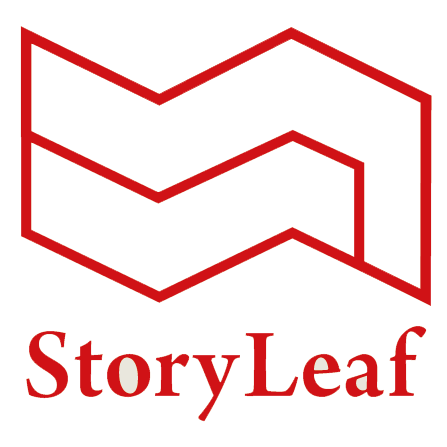Eternal Voyages
by mik1264
1 | Start

Welcome, adventurer! You stand at the threshold of infinite possibilities.
Where would you like to journey today? Or perhaps tell me what universe you'd like to explore?
2 | Prehistoric cave art, like this painting of a horse at Lascaux, highlights early humans’ capacity for symbolic thought during the Cognitive Revolution. The ability to imagine things that do not exist in the immediate environment (such as unseen spirits or abstract ideas) was a profound change that laid the groundwork for philosophical reflection. The Cognitive Revolution — occurring roughly 70,000 years ago — marks the period when Homo sapiens developed complex language and the capacity for abstract thinking. With language came the power to share ideas about things never directly seen or sensed. Humans could, for example, discuss the concept of an afterlife, justice, or mythological creatures, whereas other animals were limited to the here and now. This development meant that, for the first time, questions could be asked about the unseen: “Why do the stars move?”, “What happens after death?”, “Who are we?” Early humans began to live in what Harari calls a “dual reality” of physical facts and imagined concepts . In our discussions, we noted that this emergence of imagination and storytelling is essentially the birth of philosophy. Once humans could question more than immediate survival needs, they started grappling with mysteries of existence. The cave paintings and ancient artifacts we considered are not just art; they are evidence of minds capable of wonder — minds beginning to philosophize about their world.
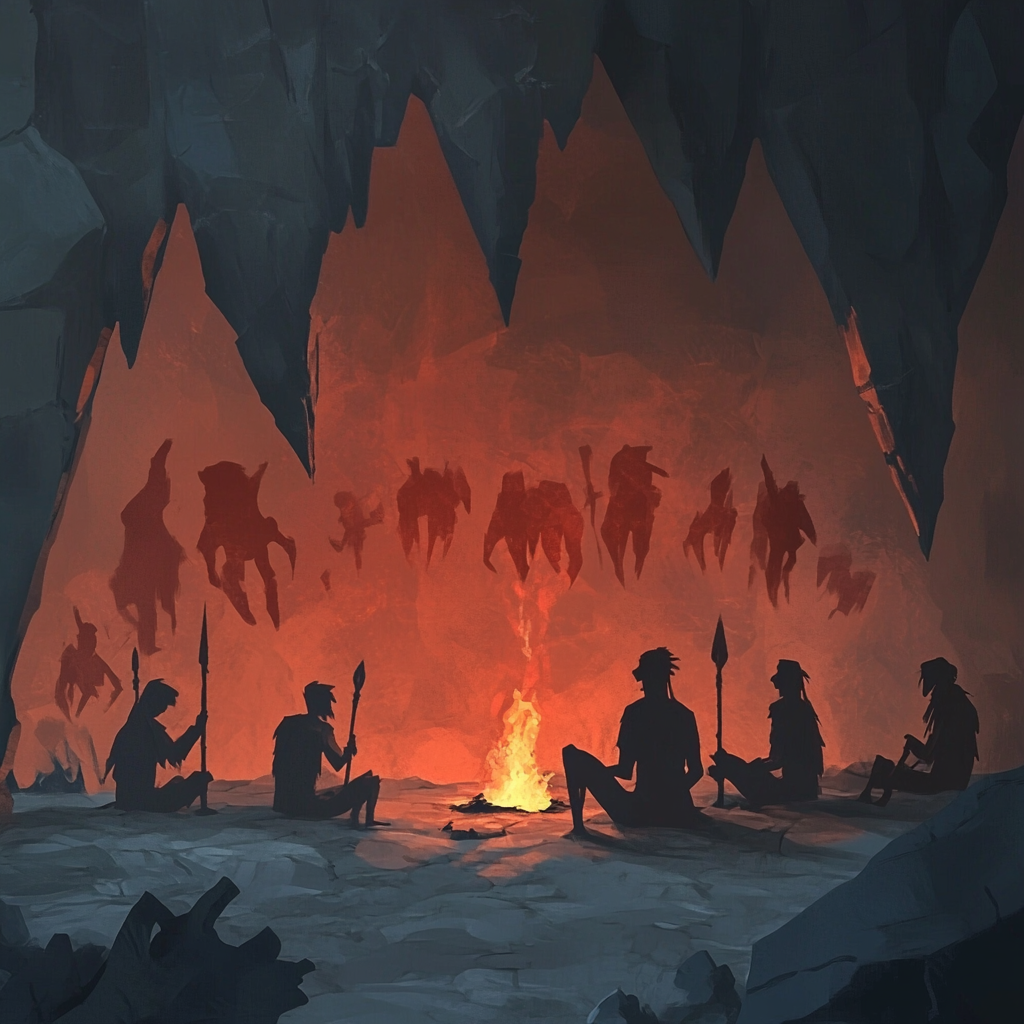
You've awakened in the time of the Cognitive Revolution, 70,000 years ago. The firelight flickers across cave walls adorned with newly painted symbols.
A tribe of early Homo sapiens sits nearby, their eyes reflecting both primal survival instincts and newfound contemplative wonder.
What do you wish to do among these awakening minds?
3 | Our inquiry then moved to the modern day, examining how we recognize (or fail to recognize) intelligence and cognition in others — be it other humans, animals, or machines. We found that bias and identity politics heavily influence perceptions of intelligence. Humans have a long history of defining intelligence in ways that flatter ourselves and our in-groups. Culturally and historically, dominant groups sometimes dismissed the intellectual capacities of others (consider how colonizers or certain ideologues claimed indigenous peoples or oppressed groups were “less intelligent” to justify unequal treatment). Today, a new frontier of this bias is seen in how we treat artificial intelligences like large language models (LLMs). Discussions on LLMs revealed a human tendency to draw a hard line between “us” (humans with minds) and “them” (machines or even animals), often insisting that whatever a machine does, it isn’t “real” thinking. This shifting of goalposts is so common it has a name: the AI effect, where as soon as AI accomplishes something (playing chess, composing music, answering questions), people redefine “true intelligence” to exclude that accomplishment . We noted examples of this phenomenon: an AI can write a poem, but skeptics say “it’s not really creative, just algorithmic.” If it carries a conversation, they retort “it’s not truly understanding.” This bias isn’t based on the AI’s behavior — often the behavior is intelligent — but on an emotional need to differentiate ourselves as unique. In one experiment, participants who believed creativity is a “uniquely human” trait rated artwork less favorably when told an AI made it, even though the art was identical to a human-made piece . In our reflections, we acknowledged that this impulse to protect human special status can blind us to recognizing cognition in other forms. By understanding these biases, we can approach AI and non-human intelligence more fairly, gauging them by their merits rather than our preconceived identity politics. The takeaway was a humbling one: intelligence might not be a province of humans alone, and overcoming our biases is necessary to truly answer, “what (or who) has a mind?”

The cave dissolves around you as time accelerates. You emerge in a gleaming research facility of the near future. Scientists debate as an advanced AI system displays eerily human-like behavior.
A holographic interface glows with test results. Who will you approach—the skeptical researchers, the corporate overseer, or the AI itself?
4 | Next, we turned to the age-old problem of evil and examined whether evil is an inherent reality of the world or a concept constructed by human belief systems. This inquiry straddled theology, morality, and psychology. From a theological perspective, the “problem of evil” poses a famous question: if a supremely good and all-powerful God created the world, why does evil exist? Philosophers and theologians have grappled with this, noting that an all-good creator should have made a world without suffering; yet suffering and malice abound, calling into question the nature or existence of such a deity . This is one way of treating evil as a real force or presence that demands explanation — sometimes personified as Satan or as an independent power opposed to good. On the other hand, a non-theological (secular) perspective often sees evil not as a mystical force but as a label we apply to certain actions and characters. In our discussions, we leaned into the idea that evil is a concept humans devised to describe extreme wrongdoing or malevolence. In a secular world, “evil” might simply denote the worst of human behaviors and traits — analogous to how we use “courage” or “honesty” to describe virtues. One source put it succinctly: “Evil exists in the way that courage, malice, or honesty exist; not as a mysterious supernatural force…but as a character trait and as a moral property of actions.” . In other words, evil doesn’t float around independently; it manifests in what people do. This view sees evil as a byproduct of human beliefs and choices, not an elemental feature of the universe. We reflected on examples: a child who has never been taught the concept of evil will still recognize hurt and harm, but the framing of those acts as “evil” depends on cultural and religious context. The group also considered whether calling something evil might sometimes oversimplify — potentially hindering understanding by treating a complex web of causes (psychological, social, etc.) as a single black-and-white entity. In the end, we didn’t settle the nature of evil (as if anyone could in a week!), but we gained a clearer view: much of what we label “evil” is constructed by narratives and belief systems. Whether one believes in a literal evil or not, it’s valuable to see how that concept has been used to explain events and dictate moral responses throughout history.
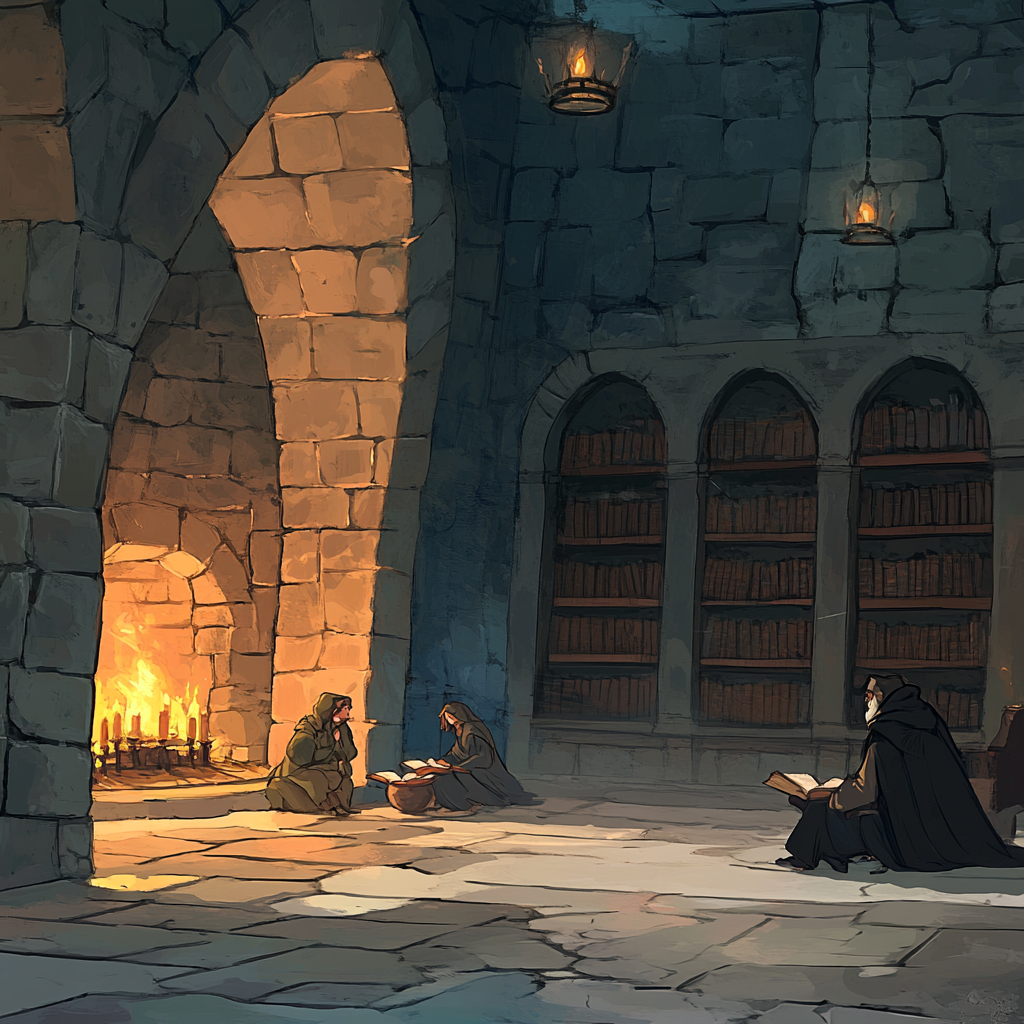
The scene transforms into a medieval monastery library. Monks debate the nature of evil while illuminated manuscripts glow on wooden tables.
A theologian, philosopher, and psychologist argue their perspectives. Candlelight flickers across ancient texts exploring good and evil.
Which voice will you engage with?
5 | In Greek mythology, Pandora’s curiosity leads her to open a forbidden box, releasing all evils into the world. This story is an example of how cultures construct narratives to explain the presence of evil and suffering. Such myths underscore that what we call “evil” is often contextualized by belief systems — in this case, a divine origin story for humanity’s woes. Through this lens, we appreciated that calling something “evil” often reflects a judgment informed by one’s worldview. Thus, evil can be seen as both: a reality (in the sense of very real atrocities and harms occurring), and a constructed concept (in the sense that we choose to interpret those harms through moral or religious frameworks). Recognizing this duality encourages a more nuanced approach to moral problems, one that questions how our own assumptions shape what we see as good or evil.
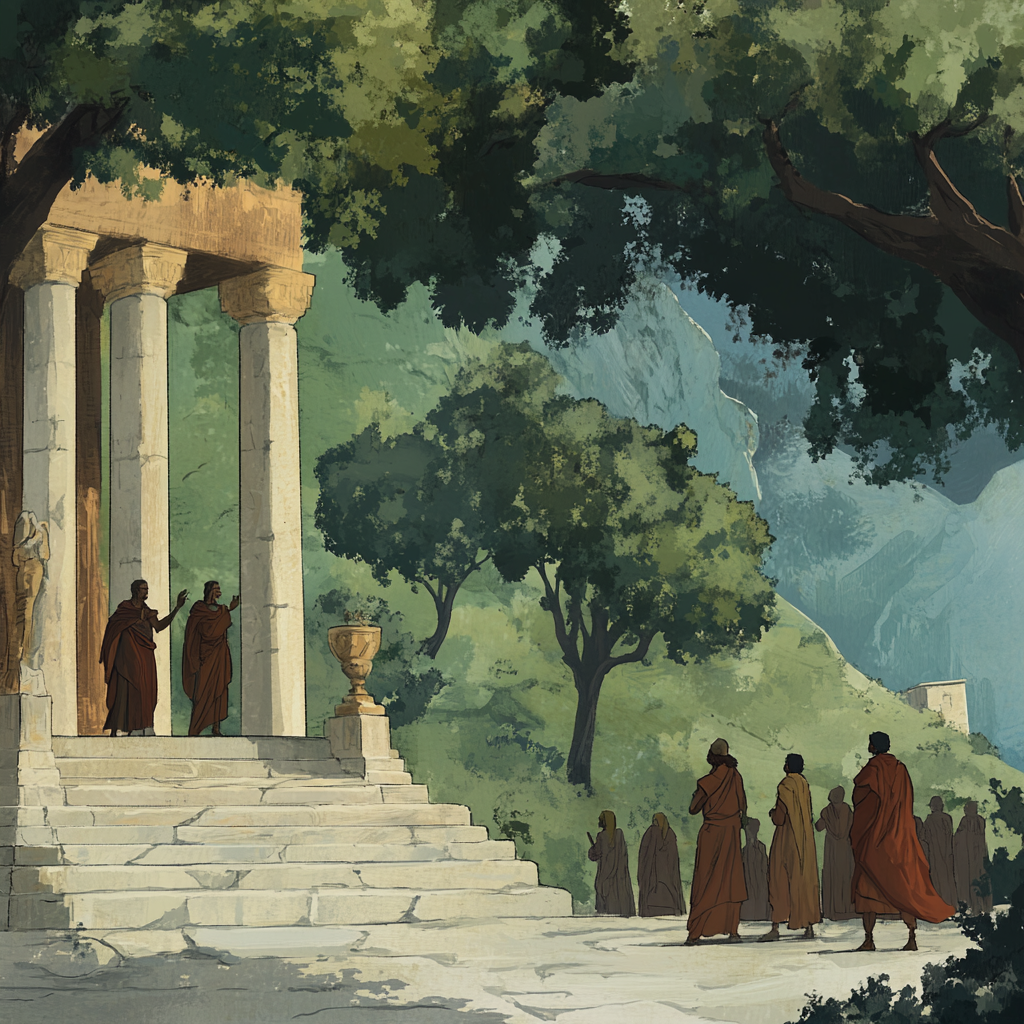
The monastery fades as you're transported to ancient Athens. You stand in an olive grove where philosophers debate beneath marble columns.
Nearby, a storyteller recounts Pandora's tale to captivated listeners. A mysterious woman with knowing eyes watches from the shadows.
What path will you choose?
6 | Look at Pandora’s box
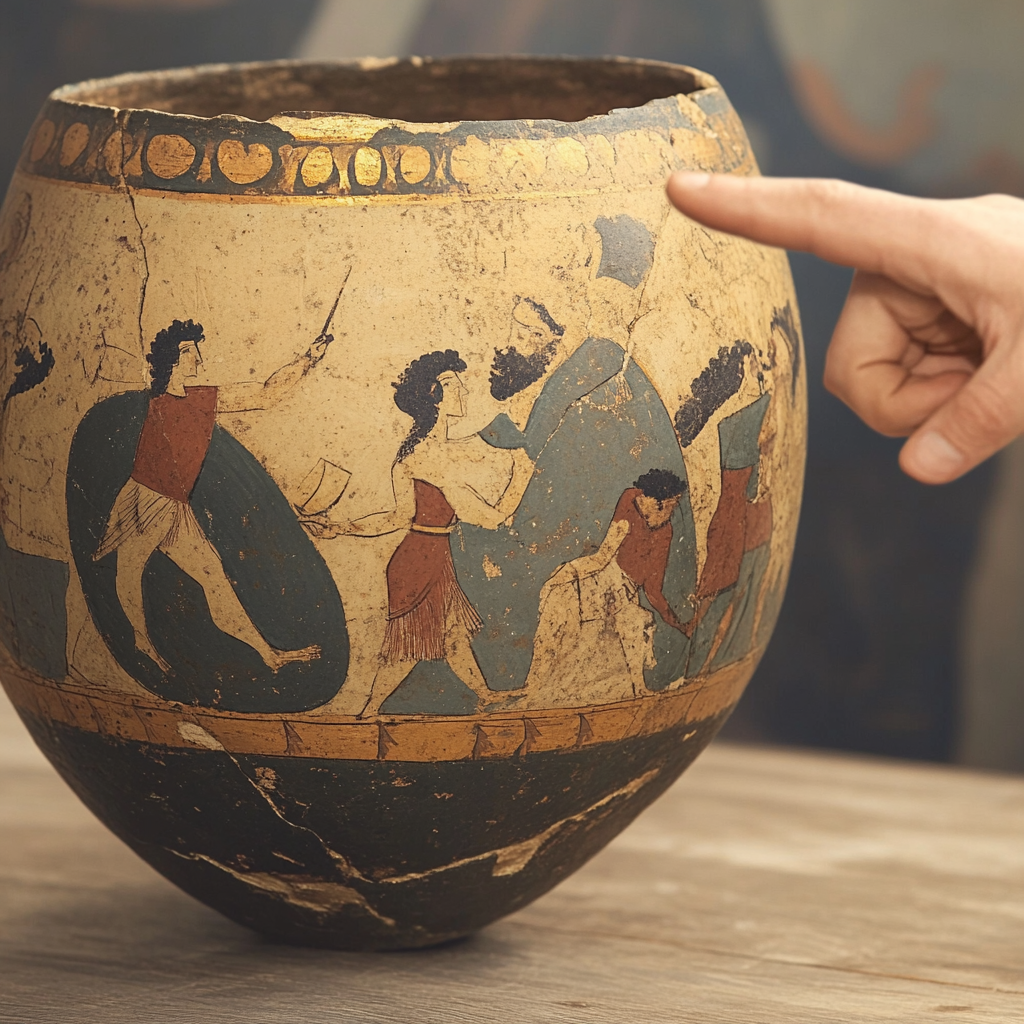
You approach the storyteller's circle, where a beautifully crafted clay pithos (jar) sits as a prop for the tale.
It's painted with intricate scenes of the gods and adorned with gold leaf. The storyteller pauses, noticing your interest, and offers a knowing smile.
“Would you like to examine it closer?”
7 | Look at the nature of evil
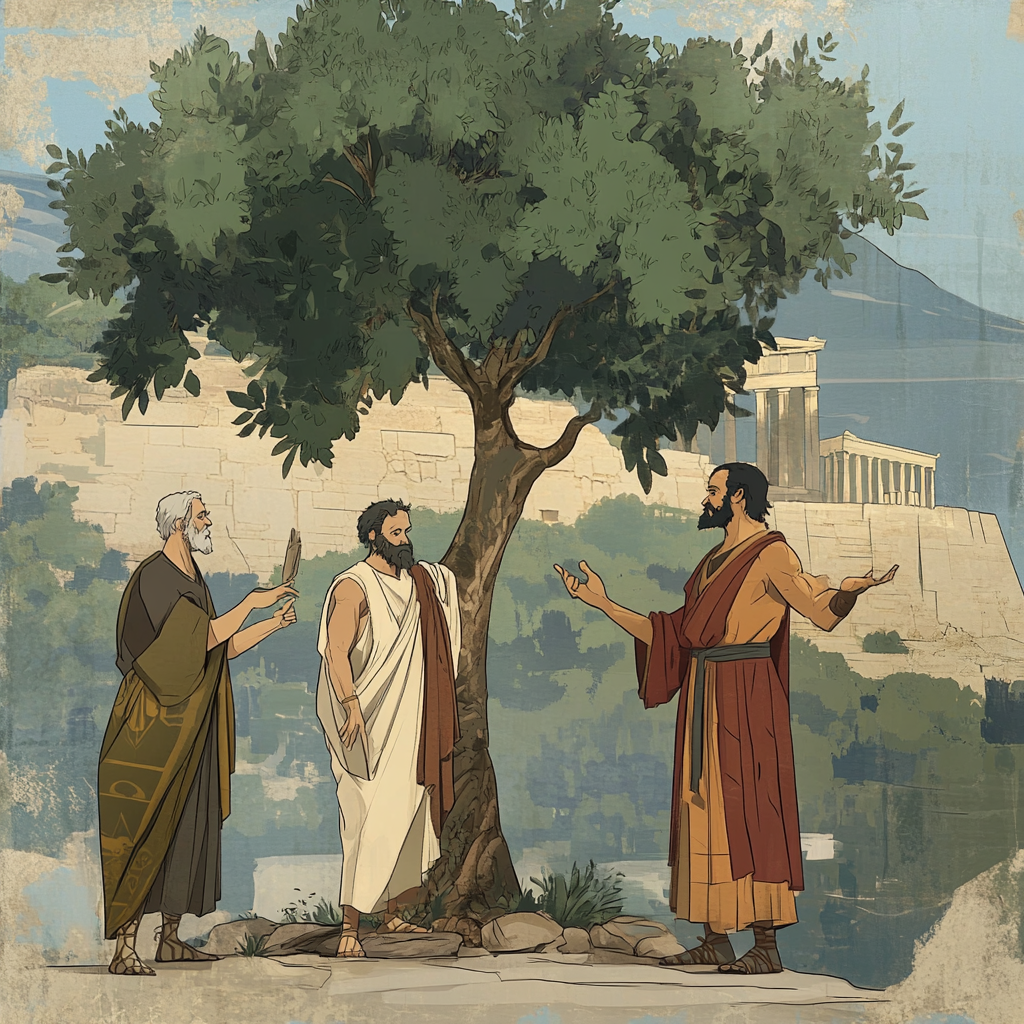
As if responding to your thoughts, the scene shifts. Three philosophers debate beneath an ancient olive tree.
The stern Stoic argues evil is merely ignorance of virtue. The mystical Pythagorean claims evil is cosmic disharmony. The pragmatic Sophist insists evil exists only in human judgment.
Which perspective draws you closer?
8 | Look at Pandora’s box again
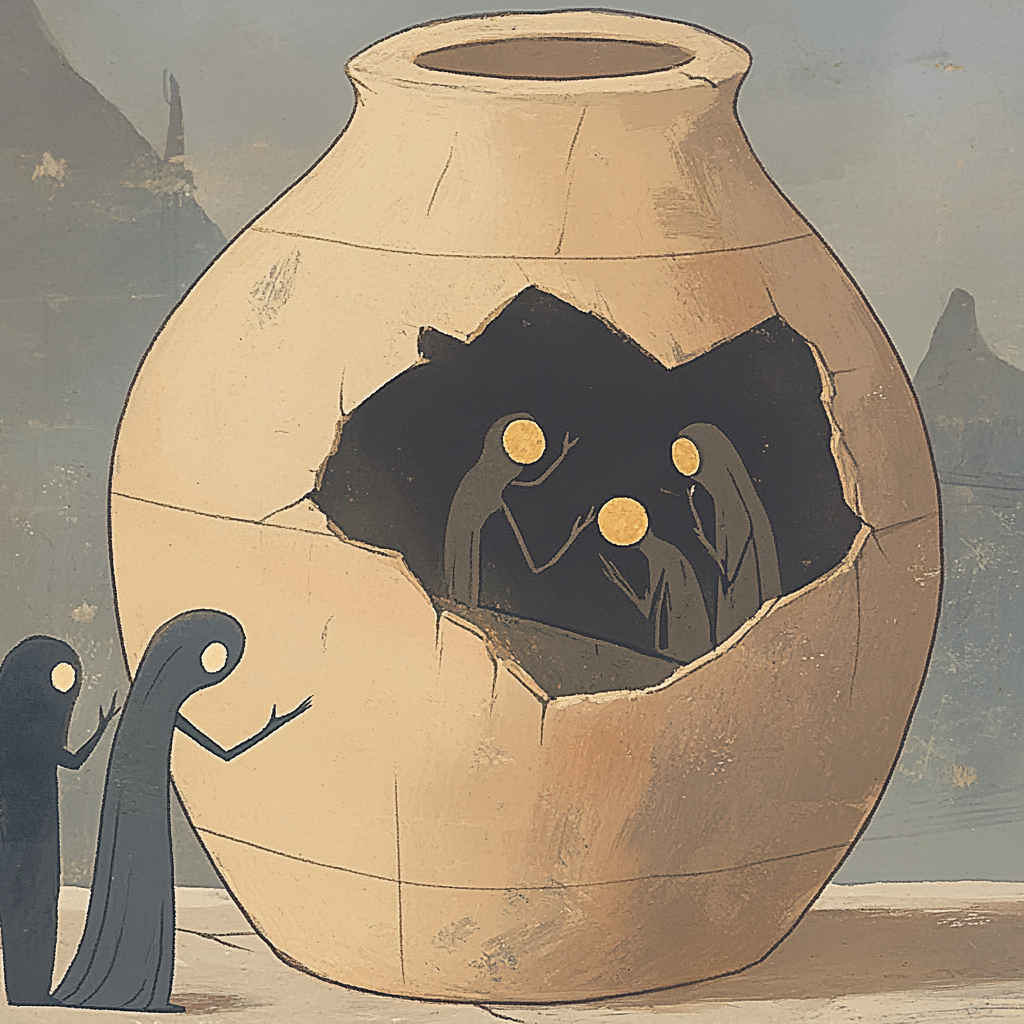
You return to the storyteller, who now holds the pithos with reverence. Looking closer, you notice the jar's images seem to move—depicting suffering, disease, and strife escaping into the world.
Yet at the bottom, a small golden light remains—Hope.
“The greatest wisdom,” whispers the storyteller.
9 | considered whether calling something evil might sometimes oversimplify — potentially hindering understanding by treating a complex web of causes (psychological, social, etc.) as a single black-and-white entity. In the end, we didn’t settle the nature of evil (as if anyone could in a week!), but we gained a clearer view: much of what we label “evil” is constructed by narratives and belief systems. Whether one believes in a literal evil or not, it’s valuable to see how that concept has been used to explain events and dictate moral responses throughout history.

The pragmatic philosopher overhears your musings and approaches.
“You grasp what many miss,” he says. “Labels like 'evil' comfort us with simplicity, yet obscure understanding. Behind every 'evil' lie countless causes—social conditions, personal histories, human nature itself.”
The others listen, intrigued by your insight.
10 | Imagine somebody judging someone else
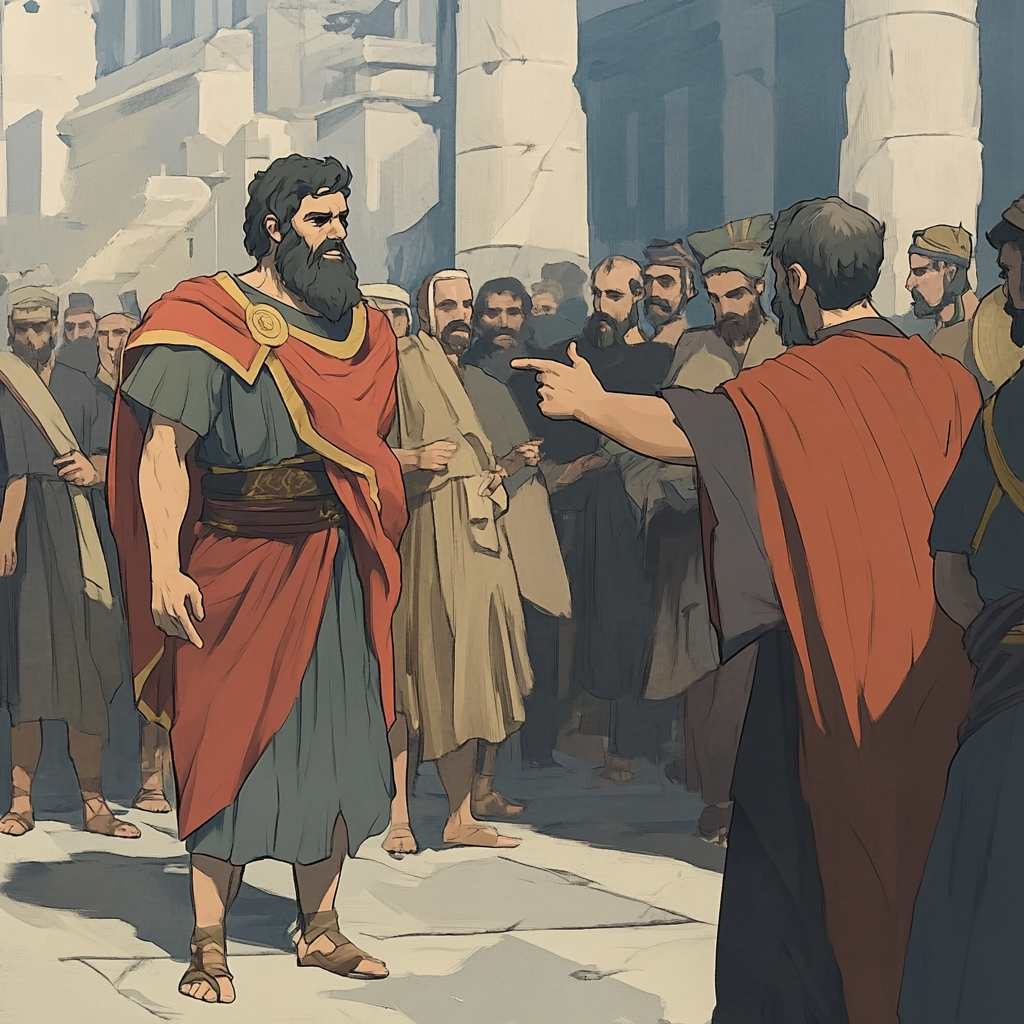
The scene shifts to the Athenian marketplace. A crowd gathers as one citizen points accusingly at another.
“He dishonors the gods!” the accuser declares. Onlookers whisper, some nodding in agreement, others skeptical.
You notice how quickly judgment spreads, how easily complex humanity reduces to simple labels.
11 | Summary of Week 2: Ethics & Human Nature Over the past week, we delved into several key ethical frameworks, each offering distinct insights into how we think about morality, human behavior, and social organization. Here are the central themes and takeaways: 1. Morality: A Shared but Non-Universal Framework Morality often appears universal within a given group, yet the reality is that moral standards vary widely across cultures and contexts. While groups and societies may present their moral codes as absolute, closer examination reveals that morality is deeply influenced by historical, cultural, and social factors. Understanding this helps us appreciate the complexity of moral discourse and the need for a more flexible, context-sensitive approach to ethical questions. 2. Utilitarianism: A Useful Model for Decision-Making Utilitarianism, with its focus on maximizing happiness or minimizing harm, proves to be a valuable tool for modeling ethical decisions. Though it may not always provide a definitive answer, it offers a structured way to consider the consequences of actions and to weigh the benefits and costs. By applying utilitarian principles, we gain a clearer picture of the potential outcomes of our choices, even if those outcomes remain challenging to measure precisely. 3. Deontology: Beyond Simple Duty Kant’s deontological framework—emphasizing duty and adherence to universal principles—highlights the importance of acting from well-founded rules rather than mere convenience or outcomes. Yet, it also reveals the challenges of moving from a simple wish to a concrete will. Successfully acting in accordance with deontological principles often requires careful planning, realistic resource allocation, and a clear understanding of the practical context in which moral rules are applied. 4. Free Will and Determinism: A Nuanced Balance The debate between free will and determinism gains new complexity in light of chaos theory and the increasing intricacy of modern life. While some aspects of our behavior may be shaped by preexisting conditions, the sensitivity of complex systems to small changes leaves room for meaningful adjustments. This perspective supports a theory of limited but significant free will, where individuals can influence outcomes within a largely determined framework. 5. The Social Contract: Accepting the Unmanageable Social contract theories shed light on the unwritten agreements that enable societies to function. These implicit contracts often involve accepting rules, norms, and structures that we have little direct control over. By understanding the social contract, we gain insight into how societies maintain order, how individuals navigate obligations to the collective, and why compliance often arises not from active consent, but from practical necessity. Key Takeaways This week’s exploration underscores the complexity of ethical thinking and human nature. Morality’s variability challenges the notion of universal principles, but structured approaches—like utilitarian modeling, deontological duty, and social contracts—help frame our understanding. The evolving debate on free will reminds us that even within determined systems, there remains space for meaningful choice. Ultimately, these frameworks deepen our understanding of what it means to act ethically in a multifaceted world.
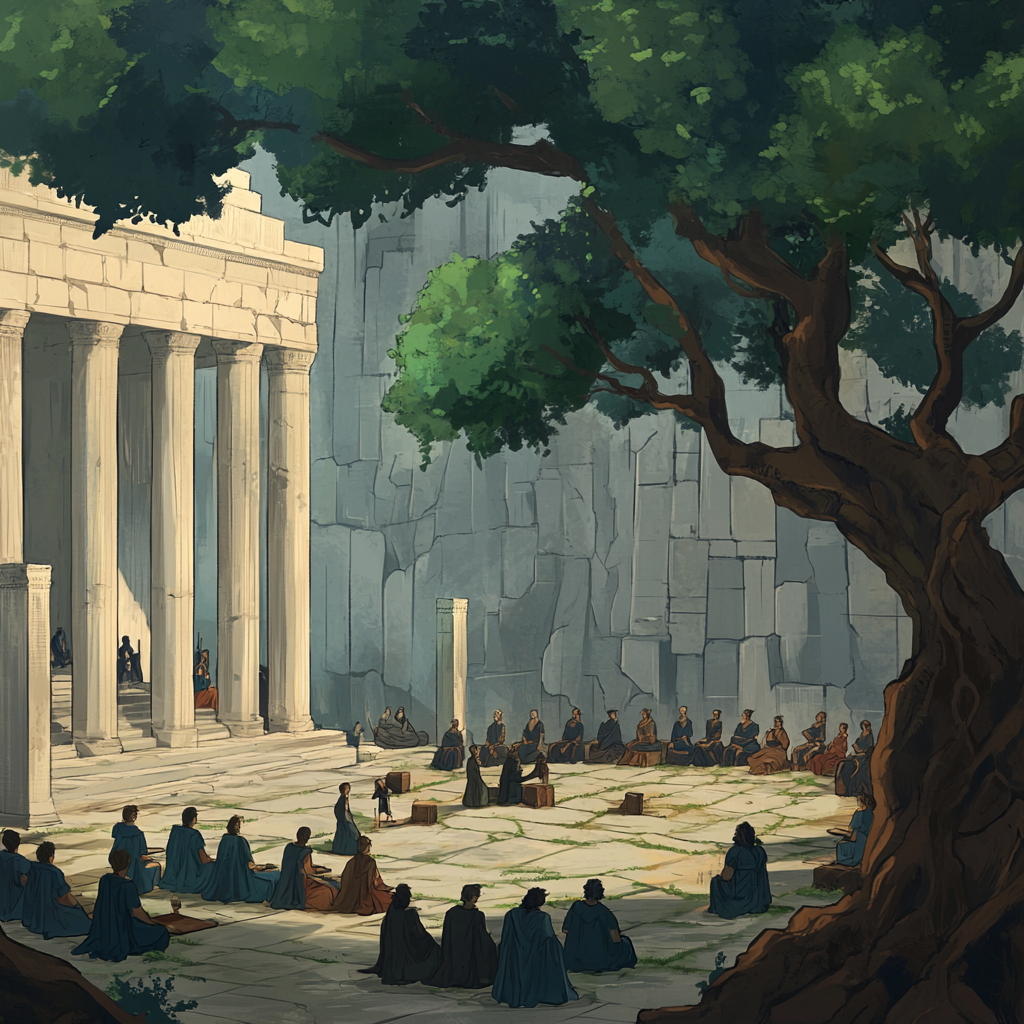
The marketplace fades as you're transported to Plato's Academy. Scholars debate beneath marble columns as scrolls of ethical treatises lie open.
An elder philosopher nods at your summary. “You grasp the complexity of human ethics well. Join any discussion circle—utilitarian outcomes, duty, free will, or social contracts.”
Which interests you most?
